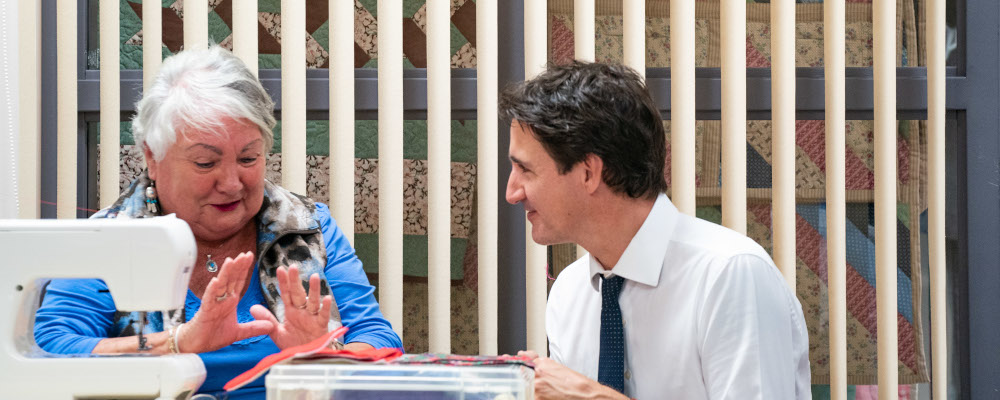Canadians are looking to the Bank of Canada to reduce inflation and help restore an environment for economic growth. However, demographic change, particularly the aging of the population, continues to hinder long-run price stability and real economic growth. And represents perhaps the greatest economic challenge for policymakers now and in the years ahead.
Consider this. In Canada, the ratio of people 65 and older to people 15 to 64 (known as the dependency ratio) is projected to increase by more than 20 percent over the next two decades. The assumption is that people 65 years and older are no longer working and must be financially supported by younger people who are working. And that, even with substantial immigration, Canada’s labour force will grow at a significantly slower rate over the next two decades than over the post-war period.
Consequently, to maintain the same level of disposable income—and pay the future higher taxes needed to fund the health care and income support programs for a rapidly growing retired population—working Canadians must produce more “real output” per worker.
How much more?
It’s hard to say, exactly. But the amount of real output the average worker in Canada can produce depends crucially on the quantity and quality of available “physical capital” including factories, equipment, and intellectual property such as software that directly enhances worker productivity. Physical capital also indirectly promotes labour productivity by serving as a conduit for new technologies (artificial intelligence, for example).
In other words, if the average working Canadian wants to maintain or increase his or her level of disposable income and standard of living, the country must increase the amount of physical capital per worker. Unfortunately, the capital-to-worker ratio in Canada has declined fairly consistently over the past few decades likely due to the country’s uncompetitive investment environment.
Which brings us back to Canada’s aging population. Because retired people save less money than working people, in the coming years Canada will rely more on foreign savings to finance domestic investments than it has in the recent past. However, countries such as Japan, China, and the United States—all major international sources of financial capital—will also experience aging populations with adverse implications for their own domestic savings rates. A lower global savings rate implies tougher competition for Canadian governments and firms seeking investment funding in international capital markets. Increases in global demand for “green energy” investments will accelerate this competition.
So what’s the solution? Canadian policymakers must help improve the domestic investment environment with the goal of substantially increasing physical capital per worker in Canada’s private sector. This will require governments to make difficult tradeoffs between taxing consumption (retail sales, for example) versus taxing the income and profits of companies large and small. It will also require Ottawa and the provinces to reduce their role in the economy, reduce spending, and identify a more limited set of responsibilities to allow private-sector players more room to grow.
Recommended for You

‘Disloyalty to a friend’: Sean Speer on the cultural tension captured by the recent clash between Don Cherry and Ron MacLean

Sean Speer: Maybe Ron MacLean is the one who needs to go

Falice Chin: A tale of two (Poilievre) ridings

‘We’re winning the battle of ideas’: Conservative MP Aaron Gunn on young men moving right, the fall of ‘wokeness,’ and the unraveling of Canadian identity



